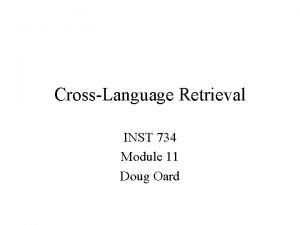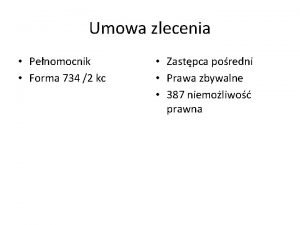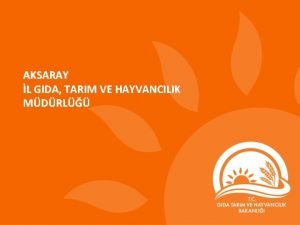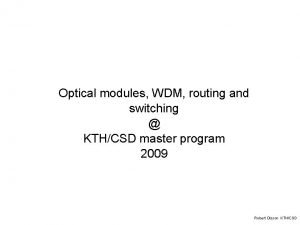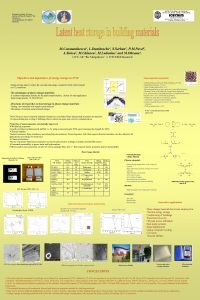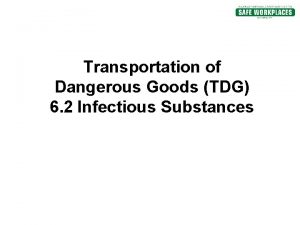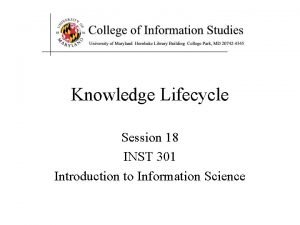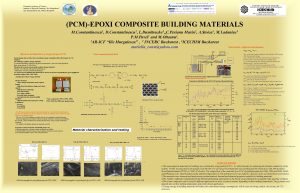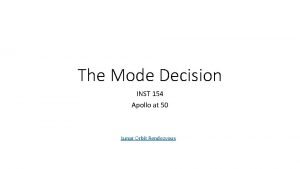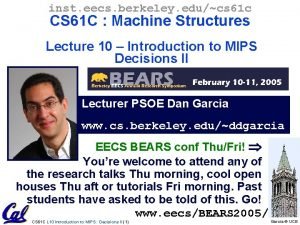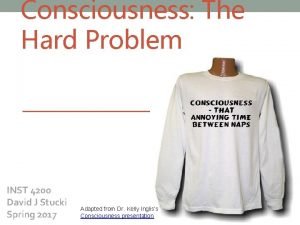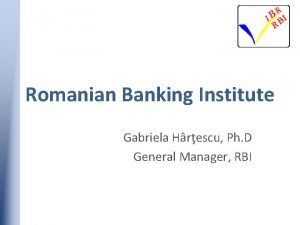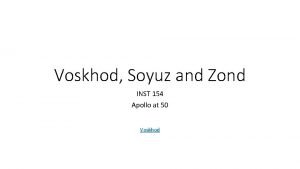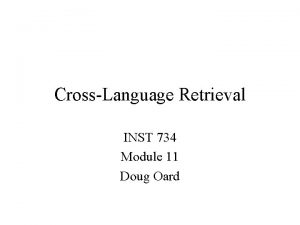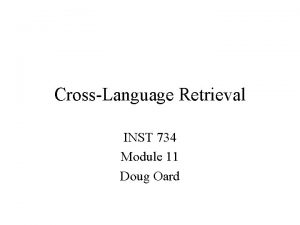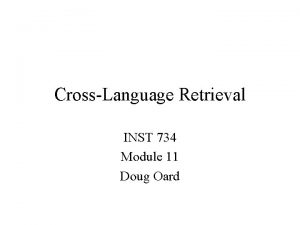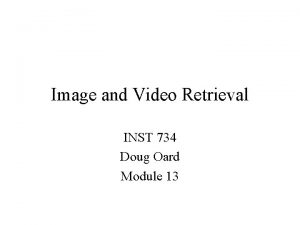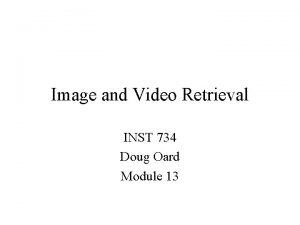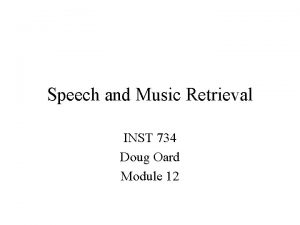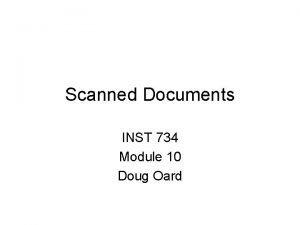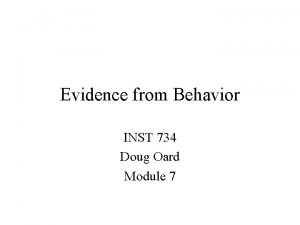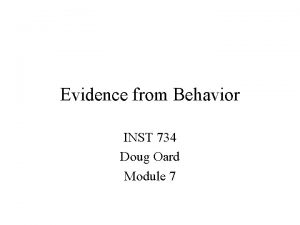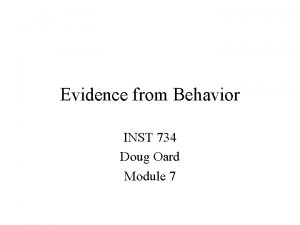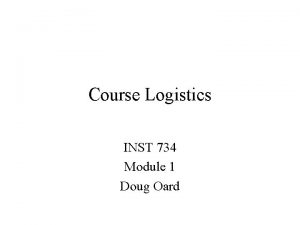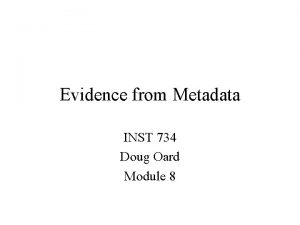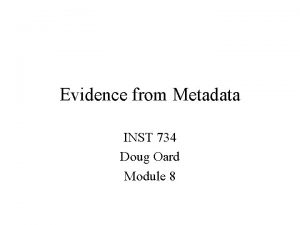CrossLanguage Retrieval INST 734 Module 11 Doug Oard















- Slides: 15

Cross-Language Retrieval INST 734 Module 11 Doug Oard

Agenda Ø CLIR • Dictionary-Based CLIR • Corpus-Based CLIR • Interactive CLIR

Source: International Monetary Fund (2014) 4% 4% 2% 5% 4% 4% English 33% Chinese Spanish Japanese Portuguese 5% German 4% Arabic 64% 5% French Russian 9% Korean 28% India Italy Russia Brazil UK France 5% 0% 2% 6% Germany 2% 8% 5% Japan China 18 16 14 12 10 8 6 4 2 0 USA 2013 GDP (Trilions of US Dollars) Source: Ethnologue (1999)

Multilingual Information Access • Multilingual document – Document containing more than one language • Multilingual collection – Collection of documents in different languages • Multilingual IR system – Can retrieve from a multilingual collection • Cross-language IR (CLIR) system – Query in one language finds document in another

Who needs Cross-Language IR? • Polyglots: users who can read >1 language – Convenience: build a good query just once – Capability: query in most fluent language • Monolingual users – If translations can be provided – If text is used to search for images, music, … – If it suffices to know that a document exists

One Approach: Multilingual Thesaurus • Build a cross-cultural knowledge structure – Build it from scratch – Translate an existing thesaurus – Merge monolingual thesauri • Assign descriptors to each content item – By design, descriptors are “interlingual” • Create “lead-in vocabulary” in each language

Another Approach: Free-Text CLIR Chinese Term Selection Language Identification Chinese Query English Term Selection Monolingual Chinese Retrieval 1: 0. 72 2: 0. 48 Chinese Term Selection Cross. Language Retrieval 3: 0. 91 4: 0. 57 5: 0. 36

Evidence for Language Identification • Metadata – Included in HTTP and HTML • Word-scale features – Which stopword list gets the most hits? • Subword features – Character n-gram statistics

Merging Ranked Lists 1 EN 3145 . 22 2 EN 3052 . 21 3 EN 4091 . 17 … 1000 DE 4221. 04 1 DE 4062 . 52 • Types of Evidence 2 DE 2156 . 37 – Rank 3 DE 3112 . 31 – Score … 1000 DE 2159. 02 1 DE 4062 2 EN 3145 3 DE 2156 … 1000 EN 4201 • Evidence Combination – Weighted round robin – Score combination • Parameter tuning – Condition-based – Query-based

Query-Language CLIR Chinese Document Collection Translation System Results select Retrieval Engine English Document Collection English queries examine

Example (Modular) Document Translation • Select a single query language • Translate every document into that language • Perform monolingual retrieval

Document-Language CLIR Chinese Document Collection Chinese documents Retrieval Engine Chinese queries Translation System Results select English queries examine


Which Approach to Use? • “Document translation” (query-language CLIR) – Good choice when all queries are in one language – Cached translations can support user interaction • “Query translation” (document-language CLIR) – Good choice when all documents are in one language – Commonly used for CLIR experiments

Agenda • CLIR Ø Dictionary-Based CLIR • Corpus-Based CLIR • Interactive CLIR
